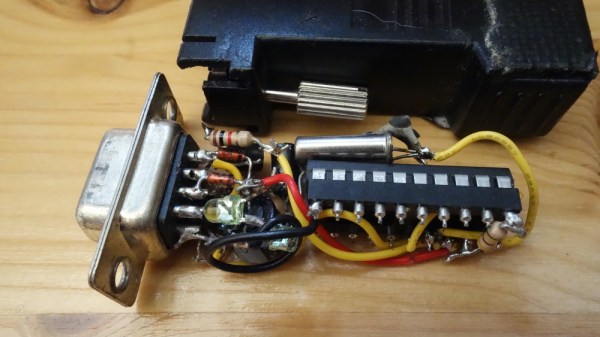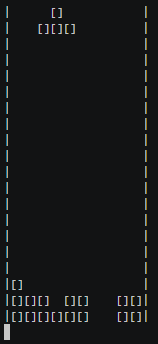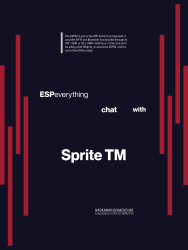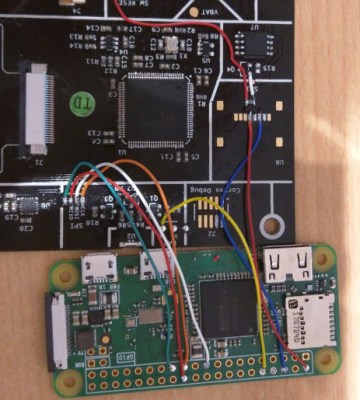If you read Hackaday on a regular basis, there are some names you will have seen more than once. People who continually produce fascinating and inventive projects that amaze and delight us, and who always keep us coming back for more. One such hacker is [Jeroen Domburg], perhaps better known in these pages by the handle [Sprite_TM], who has never failed to delight us in this respect.
Today is a special day for [Jeroen] for it is his wedding day, and his friend [Maarten Tromp] has decided to surprise him and his wife [Mingming] with a special gift. At first sight it is simply a pair of blinky badges in the shape of a bride and groom, but closer examination reveals much more. The PCBs are studded with WS2812 addressable LEDs controlled by an ESP32 module and powered by a small LiPo battery, and the clever part lies in the software. The two badges communicate via Bluetooth, allowing them to both synchronise their flashing and flash ever faster as the couple come closer to each other.
The write-up is an interesting tale of the tribulations of designing a badge, from which we take away that buying cheap LEDs may be a false economy. A surprise was that the black-cased and white-cased versions of the LEDs had different timings, and they proved prone to failure.
We wish the happy couple all the best, thank [Sprite_TM] for all he has given us over the years, and look forward to seeing his future projects.





















